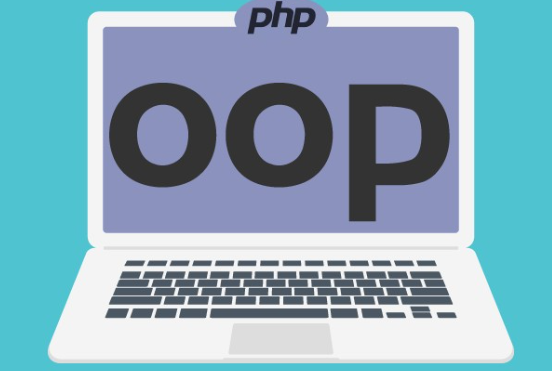
Introduction
This article helps you with interview questions to enhance your understanding of PHP OOP concepts and prepare you for interviews. The guide equips you to tackle PHP OOP interview questions by providing detailed explanations and practical examples.
1. What is Object-Oriented Programming?
Object-Oriented Programming (OOP) is a programming paradigm that organizes code around objects that encapsulate data and behavior. PHP supports OOP, allowing developers to create reusable and modular code structures.
2. Advantages of PHP OOP
PHP OOP offers several benefits, including
- Modularity: Code can be organized into classes, making it easier to maintain and reuse.
- Encapsulation: Objects encapsulate data and behavior for improved security and abstraction.
- Inheritance: Classes can inherit properties and methods from other classes, promoting code reuse.
- Polymorphism: Objects can be treated as instances of their parent class or interface, allowing flexibility in implementation.
- Code Reusability: OOP promotes modular code, reducing redundancy and enabling efficient development.
3. Classes and Objects
Defining Classes
In PHP, a class is defined using the class keyword, followed by the class name. It can contain properties and methods.
php code
class MyClass {
// Properties and methods go here
}
Creating Objects
An object is an instance of a class. To create an object, you use the new keyword followed by the class name. Optionally, you pass the required parameters to the class constructor.
php code
$myObject = new MyClass();
4. Properties and Methods
Access Modifiers
PHP provides three access modifiers for properties and methods:
- Public: Accessible from anywhere.
- Protected: Accessible within the class and its subclasses.
- Private: Accessible only within the class itself..
Static Properties and Methods
Static properties and methods belong to the class rather than an instance. They can be accessed without creating an object.
php code
class MyClass {
public static $count = 0;
public static function increment() {
self::$count++;
}
}
5. Inheritance
Inheritance allows classes to inherit properties and methods from other classes. It promotes code reuse and provides a hierarchical structure.
Overriding Methods
Subclasses can override methods inherited from parent classes to modify their behavior.
Abstract Classes
Abstract classes serve as blueprints for other classes and cannot be instantiated directly. They may contain abstract methods, which subclasses must implement.
6. Interfaces
Interfaces define a contract that classes must adhere to. They specify the method signatures that implementing classes must provide.
7. Traits
Traits enable code reuse in multiple classes. They are similar to classes but cannot be instantiated independently.
8. Polymorphism
Type Hinting
It allows you to specify the expected data type of a parameter, ensuring type safety and enabling polymorphic behavior.
Method Overloading
Method overloading enables a class to have multiple methods with the same name but different parameter lists.
9. Magic Methods
They are predefined methods that are automatically called in response to specific events.
Constructor and Destructor
The constructor method (__construct()) is called when an object is created. In contrast, the destructor method (__destruct()) is called when an object is destroyed.
__toString() Magic Method
The __toString() method allows an object to be treated as a string when it is converted.
10. Exception Handling
Exception handling allows you to catch and handle errors or exceptional situations gracefully, improving the robustness of your code.
11. Namespaces
Namespaces provide a way to avoid naming conflicts between classes, interfaces, and functions.
12. Autoloading Classes
Autoloading classes eliminate the need to manually include class files, improving code organization and reducing maintenance efforts.
Conclusion
In this comprehensive guide, we explored various aspects of PHP Object-Oriented Programming (OOP). We covered essential topics such as classes, objects, properties, methods, inheritance, interfaces, traits, polymorphism, magic methods, exception handling, namespaces, and autoloading classes. By familiarizing yourself with these concepts and practicing relevant interview questions, you will be well-prepared to showcase your PHP OOP skills in interviews.
Remember, a thorough understanding and practical application of PHP OOP principles are vital to becoming a proficient PHP developer. Keep honing your skills and stay curious to improve your expertise continually.